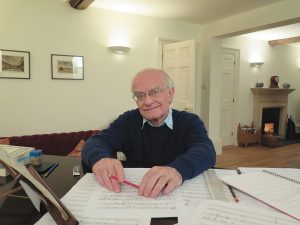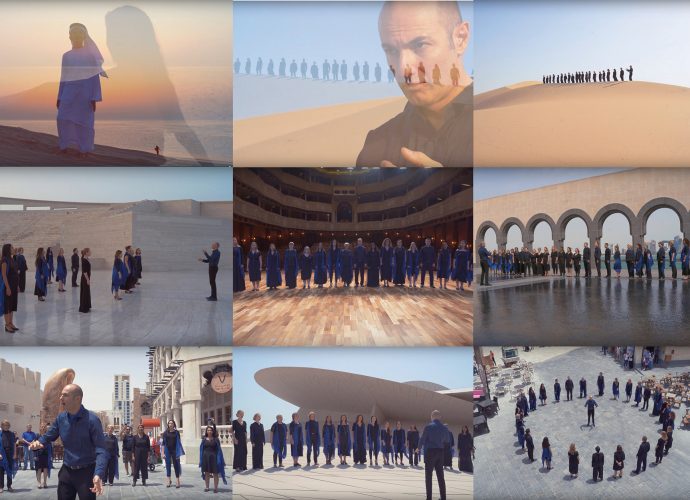Der Asien-Pazifik-Jugendchor (APYC)
Yoshihiro Egawa, Japan, und Jennifer Tham, Singapur, Koordinatoren des AIFCM Asia Pacific Choral Council – Asia Pacific Youth Choir
Der Asien-Pazifik-Jugendchor wurde im Fe…Read More →
Conductors Without Borders [Dirigenten ohne Grenzen] in Lateinamerika 2018–2019
Das IFCM-Projekt Conductors Without Borders [Dirigenten ohne Grenzen] organisierte in den vergangenen drei Jahren Sitzungen in drei lateinamerikanischen Ländern.
Read More →
Der Shanghai Cooperation Organisation Countries' YOUTH CHOIR (SCOCYC) Ein Projekt der International Federation for Choral Music (IFCM)
Ki Adams, Vorsitzender des künstlerischen Ausschusses des SCOCYC
Vom 24. Juni bis zum 7. Juli 2019 hat die IFCM in Kooperation mit der Shanghai Cooperati…Read More →
RONDAS CORALES – Chorleitung bei Kinder- und Jugendchören
ADICORA (2020) Esteban Conde Ferreyra (President). Academic Committee: Viviana Bognar, Andrea Aventuroso, Elisabeth Guerra, Angela Burgoa, María Soledad Gauna, Macarena Gómez …Read More →
World Choral Expo 2019
World Choral Expo (WCE) 2019
Dank der Zusammenarbeit und Unterstützung durch das International Cultural Center Monte Real führte die IFCM vom …Read More →












